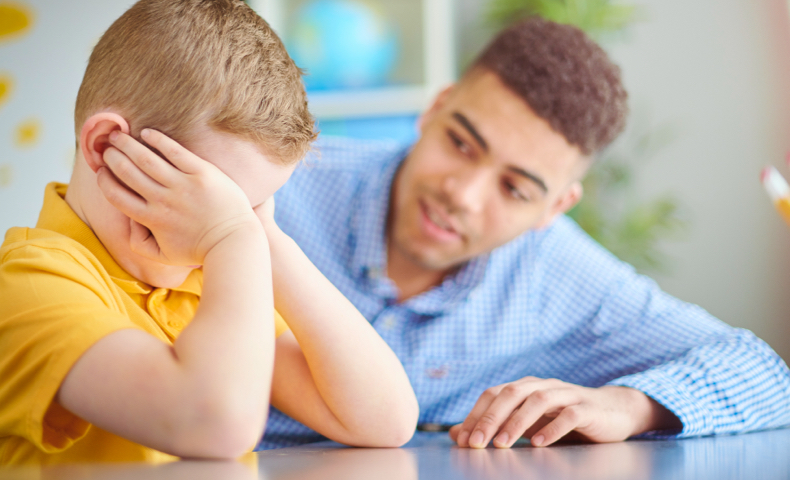
Back-to-school season has always been an anxious time, as students get to know new teachers, new classmates, new subjects, even new school buildings. This year — after long months of sheltering at home and, in many cases, learning online — returning to in-person classes is bound to be a big transition. Even familiar schools will have new COVID-era rules about distancing and mask wearing, as well as changes in routines such as pickup and drop-off or where and when kids can eat lunch.
If you’ve already noticed behavioral changes in your child, you’re not alone. In one study, 46% of parents reported a new or worsening mental health condition in their teens since the start of the pandemic.
Even if your child appears to have been coping well with changes brought by the pandemic, new problems could emerge. After months of being under one roof with parents and siblings, children could develop separation anxiety at the prospect of leaving home to attend school. Or they might be apprehensive about being around others after being told to avoid getting close to people outside their household.
Here are some ways you can prepare your child — and yourself — for a smoother back-to-school transition:
- Meet the teacher. You’ll feel more confident reassuring your child if you know and have established communications with their teacher. If your child is young or attending school for the first time, try to arrange a time for both of you to meet the teacher together.
- Meet the other parents. Connect with others who have children in your child’s school, class, or daycare center. This can help keep you informed about the school’s programs and practices and provide an opportunity to share any concerns with others whose children are having similar experiences.
- Establish a predictable daily routine. This includes mealtimes, naps, and bedtimes. Getting enough sleep and knowing what to expect on a daily basis can help your child adjust to school-year rhythms.
- Be calm and reassuring. When you appear confident of your child’s safety, you signal that they should feel safe as well. When saying goodbye each morning, try to keep it brief and upbeat.
- Talk about safety measures. Let your child know that their school and teachers have put plans in place to protect them from getting sick. Make sure they understand what steps they need to take.
- Balance autonomy and authority with teens. Sheltering in place with parents has made it difficult for many adolescents to assert their autonomy — something that’s typically part of this developmental phase. To avoid conflicts as your teen returns to school and social life, have proactive discussions about boundaries and expectations, especially when it comes to COVID safety protocols.
- Focus on the positive. Ask your child what they missed about school and what they’re looking forward to returning to. When they get home from school, ask what they enjoyed about their day.
- Take care of yourself. Making sure you are well-rested and managing your stress will better equip you to take care of your child’s needs during this period of transition.
- Have a plan. This CDC checklist addresses just about every topic you’ll need to tackle in order to plan your child’s return to in-person classes, including how to talk about safety precautions and what to do if your child gets sick.
Finally, remember that children are resilient and adaptable. Over time, they will adjust to the new faces, places and routines of school — just as they did to the changes COVID-19 brought to your family and household.
If your child doesn’t seem to be adjusting well or if they developed behavioral issues during the pandemic that have persisted even after returning to school, professional counseling may help. (This blog article offers essential information about mental health issues in children and what signs to look out for.) Contact the counseling office at your child’s school. Or talk with a LiveHealth Online therapist; they’re available evenings and weekends and as close as your smart phone, tablet, or computer.
Recommended Posts


